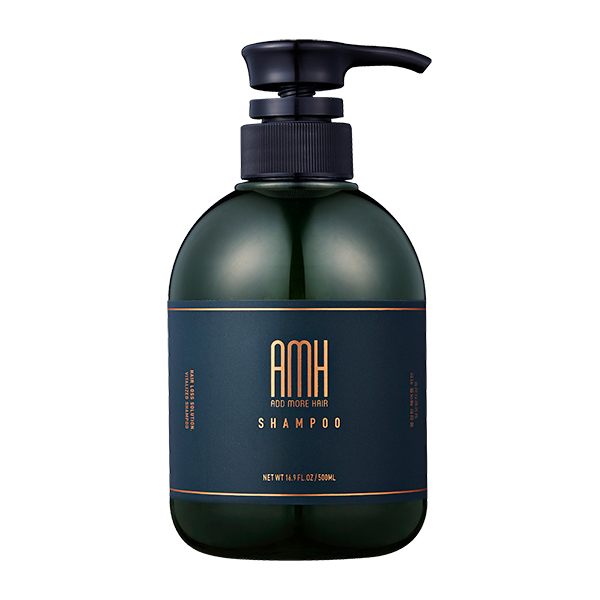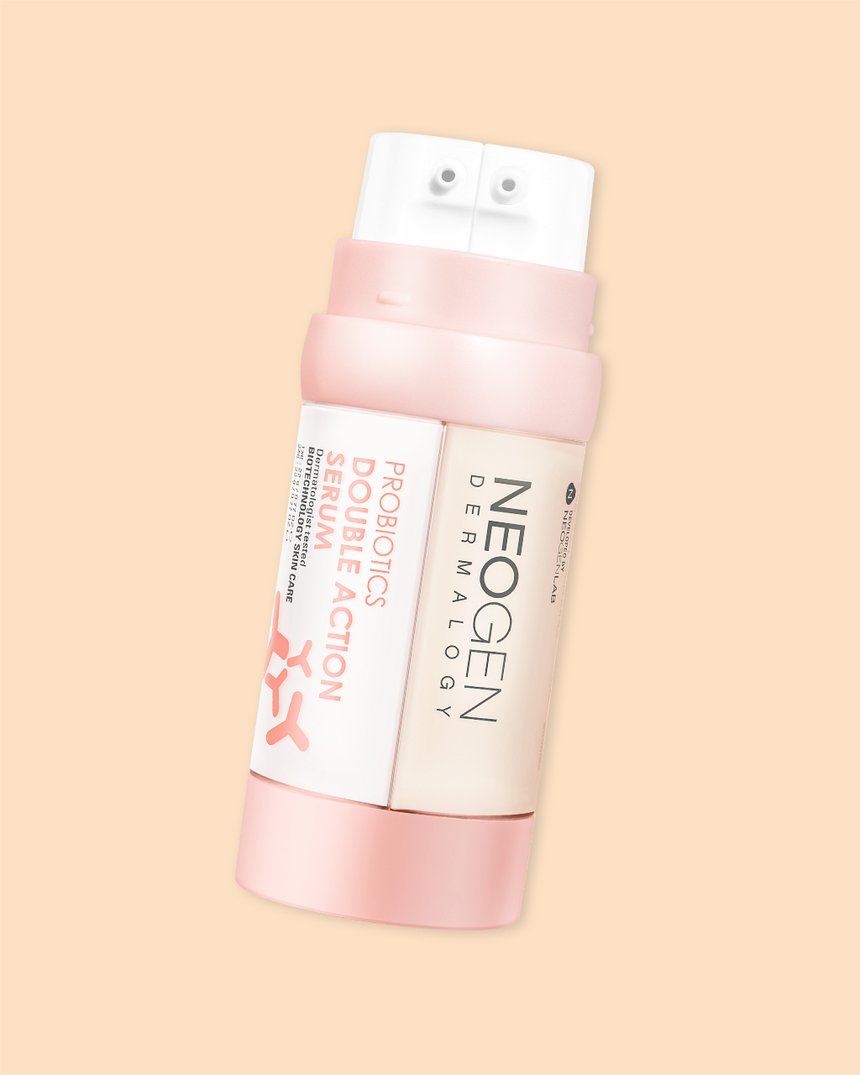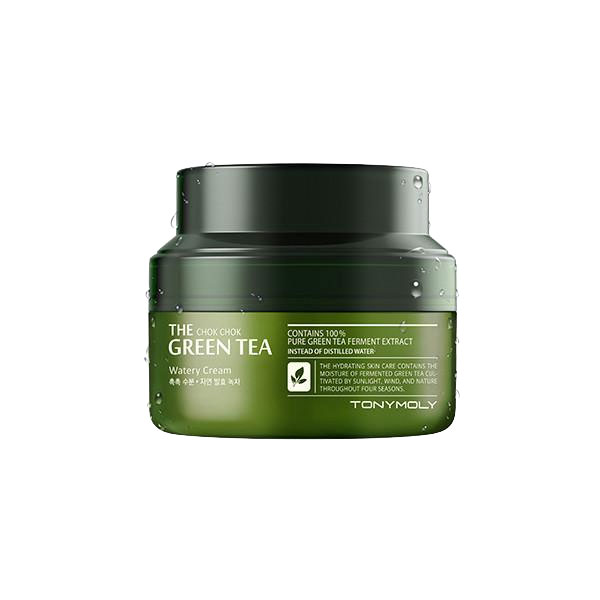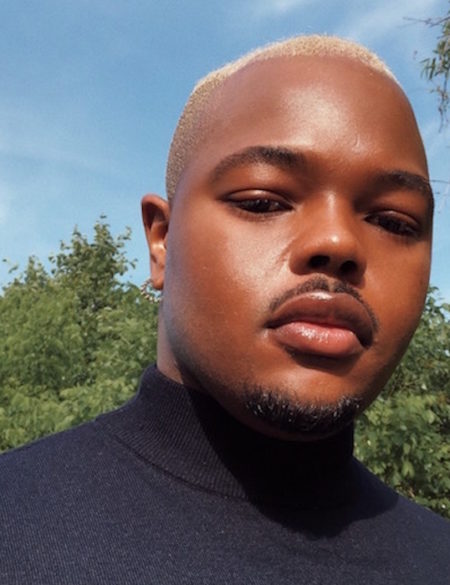Ever heard of fungal acne? It may be the reason why you’re frustrated that no popular acne products are showing results on your skin.
Do you suffer from persistent acne and feel like nothing you’re using is working? Well, it might not be you or the product’s fault. We’ve broken down the different types of acne for you before, but now we’re going more in depth about what exactly fungal acne is and how you can treat it.
What is fungal acne?
It’s actually not an acne at all. Unlike traditional acne which is caused by bacteria, fungal acne or its proper name, Pityrosporum Folliculitis, is caused by a yeast infection. Joshua Zeicher, the director of cosmetic and clinical research at Mount Sinai Hospital in New York City, clarifies that fungal acne is actually a “mild infection of the hair follicle caused by yeast on the skin.”
The Pityrosporum yeast “actually lives on everyone’s skin, but when yeast levels rise, they may invade the hair follicle,” says Zeichner. This usually happens during times of extreme heat, sweating, or humidity. The infection then turns into tiny, whitehead-looking spots that look very similar to traditional acne.
RELATED: The Right and Wrong Ways to Treat Fungal Acne
The Pityrosporum yeast thrives in areas with a higher concentration of sebaceous glands, such as the scalp, face and upper body, which is where most people experience this issue. This stubborn yeast feeds off of sebum since sebum is a mixture of lipids that contain a blend of triglycerides, fatty acids, wax esters, sterol esters, cholesterol, cholesterol esters, and squalene.
This makes it extremely hard to find products that don’t trigger the growth of Pityrosporum since most products contain a blend of fatty acids to moisturize and balance the skin’s natural barrier. To make it even more frustrating, this yeast can also trigger other skin conditions, such as atopic dermatitis, psoriasis, and dandruff. All in all, this yeast is a stubborn, hard-to-deal-with condition that can be very hard to handle. But to make your life a little easier, we created a routine you can stick to that will hopefully keep the yeast in check.
How to treat fungal acne
The most common recommendation for treating Pityrosporum Folliculitis is the use of antifungals, such as ketoconazole, which can be found in the Nizoral Anti-Dandruff Shampoo. You may be thinking: You want me to cleanse with shampoo?! Don’t call me crazy just yet! The use of anti-dandruff shampoos in the treatment of Pityrosporum folliculitis is actually quite common. Another shampoo with anti-fungal properties is the AMH Shampoo, which also contains salicylic acid. Zeichner recommends that you “try an over the counter athlete’s foot cream,” as well.
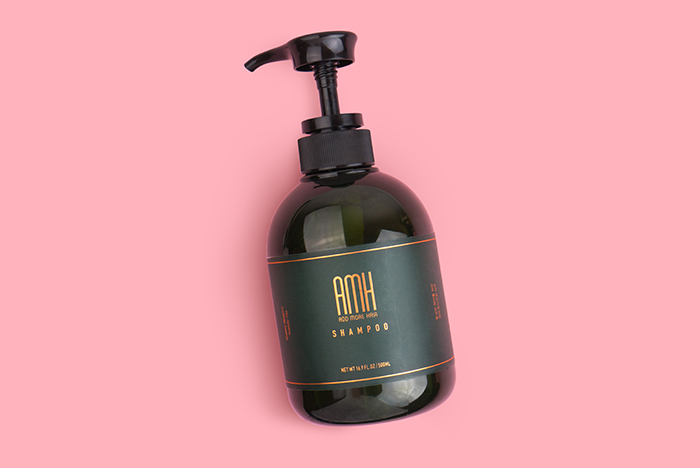
These easily found anti-fungal treatments can be quite effective at getting rid of the bumps fungal acne leaves behind, but if you’re not comfortable with these methods, don’t despair. You can actually get prescription ketoconazole from your dermatologist that comes in pill form. But if you do decide to go the over-the-counter route, make sure to leave the shampoo on for at least five minutes before rinsing as this has been shown to be the most effective way in clinical studies.
While anti-fungal treatments can be quite effective in treating Pityrosporum, you also need to switch up your routine to keep it in check for good. As I said earlier, this stubborn yeast actually feeds off of sebum and its chemical makeup (a blend of free fatty acids, lipids and cholesterols), which means you need to avoid these ingredients in your routine so you don’t end up feeding the yeast.
Cleanser
To cleanse the skin, I’d suggest sticking with a gentle, cleanser that has as few ingredients as possible, such as the Benton Tea Tree Cleansing Water. You don’t have to be as thorough in your avoidance of ingredients in your cleanser since you wash these off pretty quickly, but it makes sense to stick with ones that have a small ingredient list. This cleanser, as its name suggests, is packed with tea tree which is one of the rare ingredients that’s great for treating both regular acne AND fungal acne since it is anti-bacterial and anti-fungal.
Treatment
Products that contain probiotics can be beneficial, too. They can help bring the skin back to equilibrium and control the growth of yeast. If you’re experiencing fungal acne on your face, try a serum like the Neogen Probiotics Double Action Serum.
Moisturizer
For your moisturizing step, you’ll want to avoid any fatty acid-rich formulas since they can feed on pityrosporum and increase the yeast related bumps. A calming gel moisturizer like the Tony Moly Chok Chok Green Tea Watery Cream is a top pick because it contains anti-inflammatory and soothing ingredients like green tea and rosewood oil.
Bottom line
Fungal acne is a pretty complicated issue that is usually mistaken for traditional acne. If your acne isn’t going away no matter what you use, it might be worth it to visit a dermatologist and see if what you think is acne could be a fungal infection.


![[Klog] What Is Fungal Acne_1](https://theklog.co/wp-content/uploads/2017/11/Klog-What-Is-Fungal-Acne_1.jpg)
